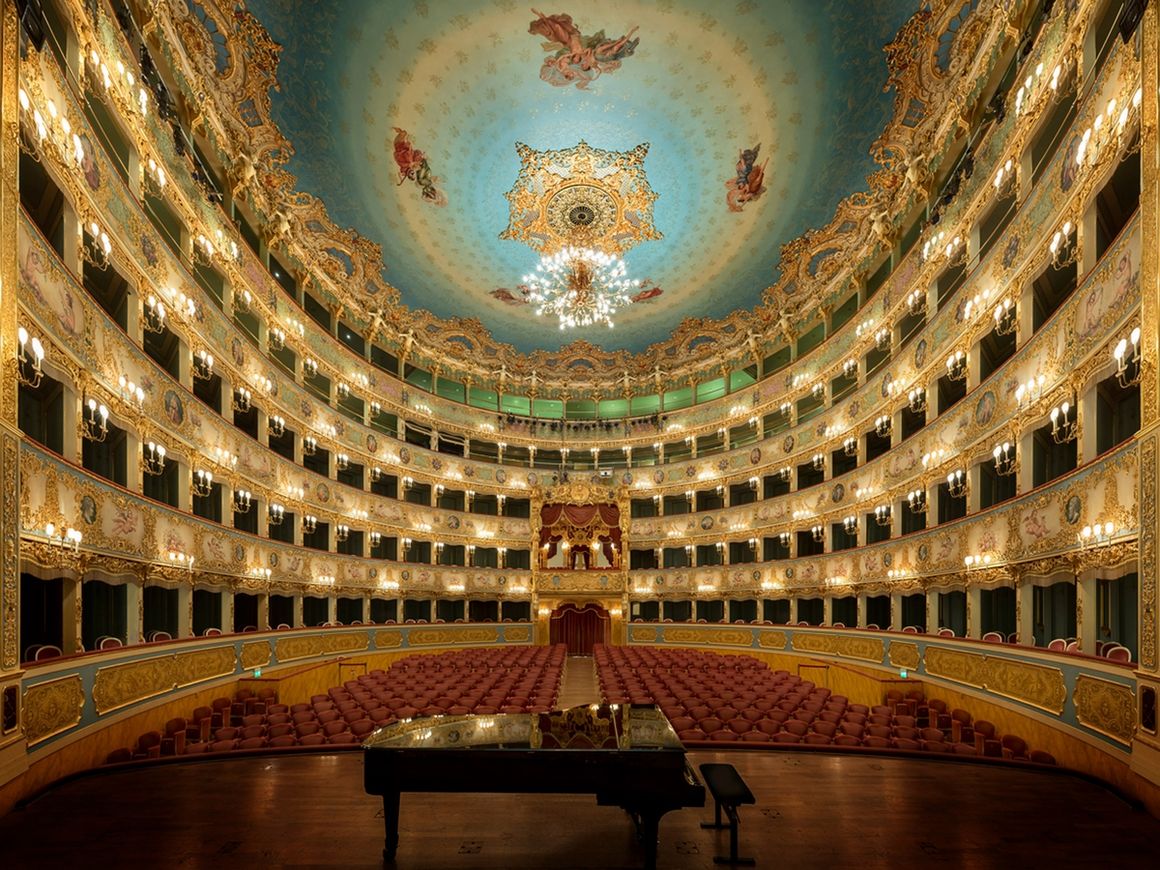The final tape from 1971 captures what was arguably Miles’ highest profile gig of the year. Fresh from the septet’s well-received 5-week Newport Festival in Europe tour and the release of the Live/Evil LP just days prior, Miles returned to the states intent on capitalizing on his momentum, going so far as to have reportedly spent half of his Lincoln Center fee to pack the audience with young fans. And either at the insistence of Keith Jarrett, or to avoid some of the dicey moments that made the European shows less than predictable, Miles also arranged for Jack DeJohnette to replace Leon Chancler behind the kit for this Lincoln Center gig. DeJohnette would remain with the septet through a multi-night stand at the Gaslight the following month but unfortunately, no recordings exist.


Though Miles would perform a few scattered gigs in the spring of ’72 with Tiki Fulwood of Parliament/Funkadelic on drums, this tape offers the last recorded evidence of Keith Jarrett, Gary Bartz, and Don Alias as members of Miles’ live ensemble. It’s also the final live document before Miles began the spring and summer sessions that produced the On the Corner LP, along with other material that defined the next phase of his electric period.
A pivotal recording no matter how you slice it, this incomplete audience tape has circulated for years as a bootleg LP titled Hooray for Miles Davis, Vol. Three, with each side curiously labeled “Bwongo” and “Ananka” in lieu of individual track names. Miles scholar par excellence, Enrico Merlin, recently cleaned up and speed corrected his needle drop of the LP and is streaming it on his personal site along with some additional factoids and analysis.


















